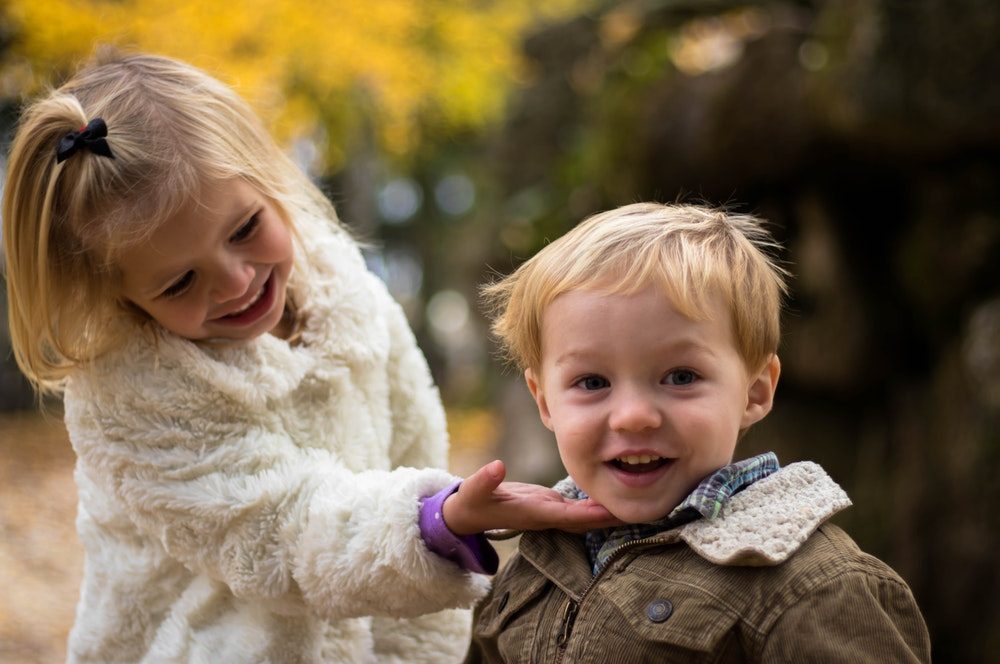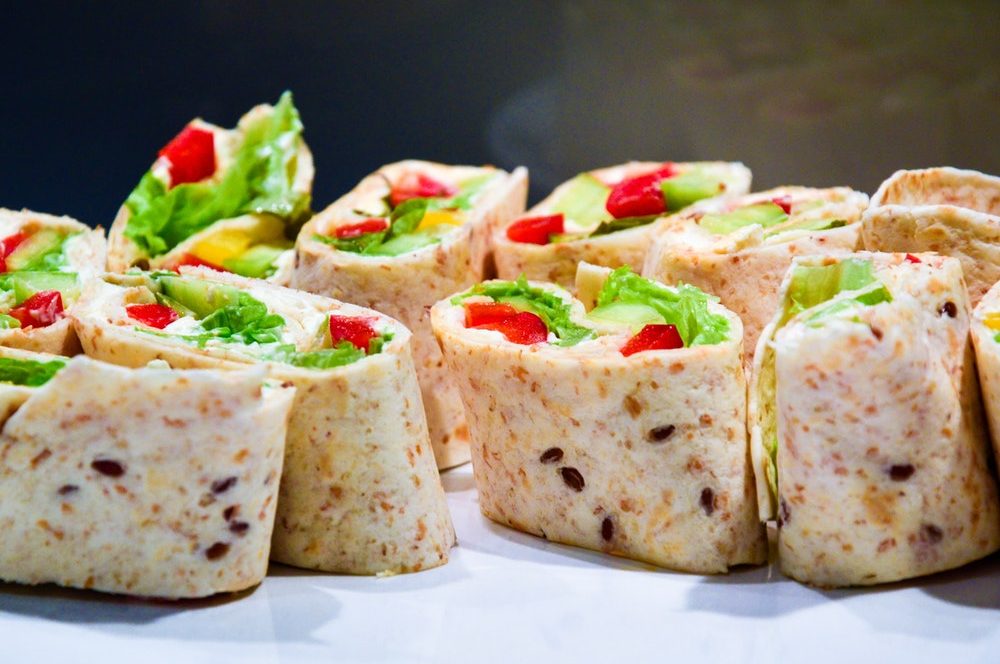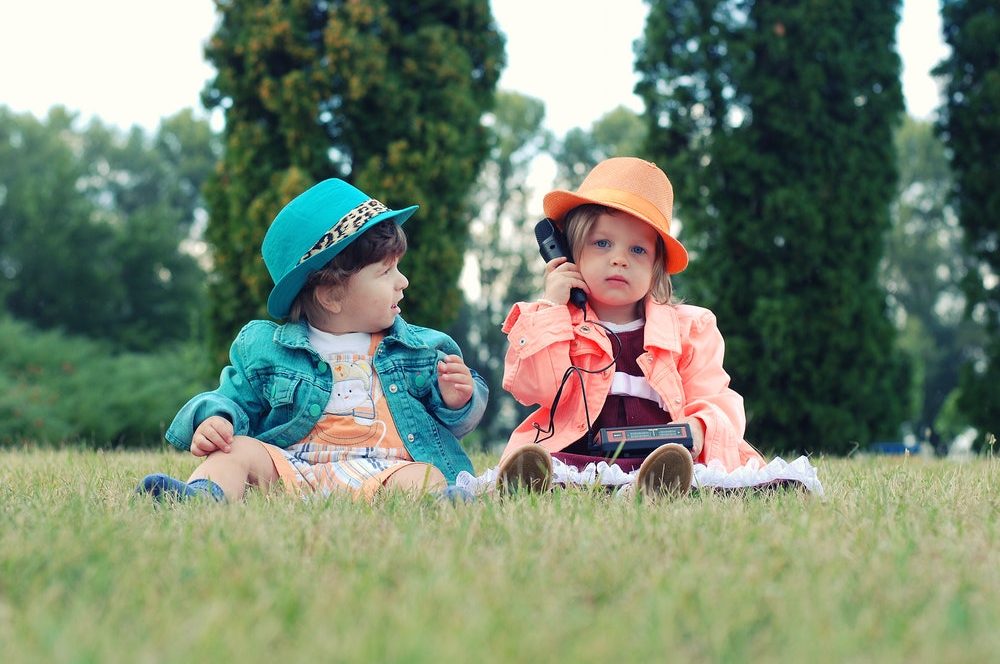 After birth, every woman feels…well, a bit out of sorts. There are all kinds of changes going on in your body, there are emotional, mental, and physical stressors everywhere…it’s a difficult time. Practically every new mom experiences some version of the “baby blues,” a normal reaction to the chemical and emotional soup that has become your bloodstream and all the stuff that’s going on around her, but some actually find that their baby blues slip into something more serious: post-partum depression. What’s the difference between the two, and when do you know you need help?
After birth, every woman feels…well, a bit out of sorts. There are all kinds of changes going on in your body, there are emotional, mental, and physical stressors everywhere…it’s a difficult time. Practically every new mom experiences some version of the “baby blues,” a normal reaction to the chemical and emotional soup that has become your bloodstream and all the stuff that’s going on around her, but some actually find that their baby blues slip into something more serious: post-partum depression. What’s the difference between the two, and when do you know you need help?
“The Baby Blues”
Depression after Delivery, which is a US postpartum depression support organization, saying that “baby blues is a biological response to a woman’s rapidly changing hormone levels after pregnancy. Symptoms include tearfulness, irritability, impatience, restlessness, and anxiety.” Yeah, tell me about it! A new baby’s arrival brings a disjointed schedule, a sore and changing body, and lots of crying—and then there’s the baby itself to consider! Everyone is allowed some leeway here: no human being is impervious to these things. The baby blues hits around 50-75% of new moms in the weeks after birth, and there’s no shame in it.
Baby Blues Symptoms:
(Source: Postpartum Support International):
Physical Symptoms:
- Lack of sleep
- No energy
- Food cravings or loss of appetite
- Feeling tired even after sleeping
Mental States:
- Anxiety and excessive worry
- Confusion
- Great concern over physical changes
- Confusion and nervousness
- Feeling, “I’m not myself; this isn’t me”
- Lack of confidence
- Sadness
- Feeling overwhelmed
Behavioral Reactions:
- Crying more than usual
- Hyperactivity or excitability
- Over sensitivity
- Feelings hurt easily
- Irritability
- Lack of feeling for the baby
Post-Partum Depression
However, post-partum depression is a different thing altogether. This is a clinical condition that is the baby blues multiplied. Women with PPD find they feel hopeless, doubtful, exhausted yet unable to sleep, they have mood swings, violent thoughts (of hurting themselves and others, including their babies), and a feeling of being disconnected or disjointed from life. If you find yourself constantly angry, sad, and depressed after the first couple of weeks, you may need some help from a professional—and there’s no shame in it.
Post Partum Depression Symptoms
(Source: Postpartum Support International):
Physical Symptoms:
- Headaches
- Numbness, tingling in limbs
- Chest pains, heart palpitations
- Hyperventilating
Mental States:
- Despondency or despair
- Feelings of inadequacy
- Inability to cope
- Hopelessness
- Over concern for baby’s health
- Impaired concentration or memory
- Loss of normal interests
- Thoughts of suicide
- Bizarre or strange thoughts
Behavioral Reactions:
- Extreme behavior
- Panic attacks
- Hostility
- New fears or phobias
- Hallucinations
- Nightmares
- Extreme guilt
- No feelings for baby
- Over concern for baby
- Feeling “out of control”
- Feeling like “you are going crazy”
Seek help first from your OB/GYN or family doctor, who will likely run some blood tests to rule out physical causes of your problems, like a thyroid disorder, which can produce many of the symptoms of PPD and is often present after pregnancy and childbirth. If he or she diagnoses you with PPD, you may need some therapy, a course of antidepressants, and a lot of help remembering how to love and nurture yourself.








